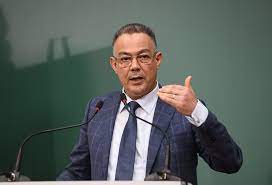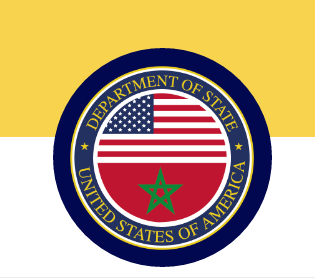Junior Budget Minister, Fouzi Lekjaa, announced that the emergency aid to the families affected by Al Haouz earthquake will be paid by the end of September.
An agreement on extending the aid to the targeted population was signed between the ministerial departments concerned and la Caisse de Dépôt et de Gestion (CDG), said Lekjaa who made a presentation at a joint meeting of the finance committees in the two Houses of Parliament, dedicated to following-up the measures taken by the government to deal with the impact of the earthquake that struck several provinces of the Kingdom. Part of these measures, about $3000 (30,000 dirhams) will be allocated to each affected family over a period of 12 months.
Lekjaa also spoke of the program for reconstruction and general upgrading of the regions affected by the earthquake, whose overall budget is estimated at $12 billion (120 billion dirhams), and which was presented during a working session chaired by King Mohammed VI, on Wednesday at the Royal Palace in Rabat. This program is structured around four main components: rehousing affected people, reconstructing houses and rehabilitating infrastructure; opening up and upgrading territories; accelerating reduction of social deficits, particularly in mountainous areas affected by the earthquake; and promoting economic activity and employment as well as encouraging local initiatives.
This program, he pointed out, is based on two fundamental pillars, the first of which concerns the reconstruction of houses and the upgrading of infrastructure affected by the earthquake, while the second is related to the development of an ambitious and integrated plan for the development of the High Atlas regions, through structuring projects.
As part of the first pillar, a budget $2.15 billion (22 billion dirhams) will be allocated to the emergency aid to families and financial aid for reconstructing and upgrading houses that were totally or partially damaged, as well as to opening up the earthquake-stricken areas, rehabilitating dams and water stations, health centres and educational facilities damaged by the earthquake, relaunching local economy and preserving cultural heritage and religious buildings.
The second pillar, worth $9.5 billion (98 billion dirhams), concerns the development of infrastructure and the promotion of agricultural and tourist activities in these provinces, support for the emergence of integrated rural centres and the rehabilitation of cities and ancient towns, as well as strengthening the quality of public services, notably markets, bus stations, and slaughterhouses.
Regarding governance, Lekjaa said that an agency will be created to ensure the effective implementation of this program, noting that this agency, which will operate for a determined period, will monitor the payment of financial aid, the implementation of reconstruction, rehabilitation, and socio-economic development projects, as well as coordination between the different sectors and stakeholders concerned.
According to the presentation, the number of municipalities affected by the earthquake reached 163, representing 68% of the overall number of municipalities in the affected areas, while the number of affected villages reached 2,930, with a population of 2.8 million people.
The number of damaged buildings reached 59,674, of which 32% were completely destroyed.



